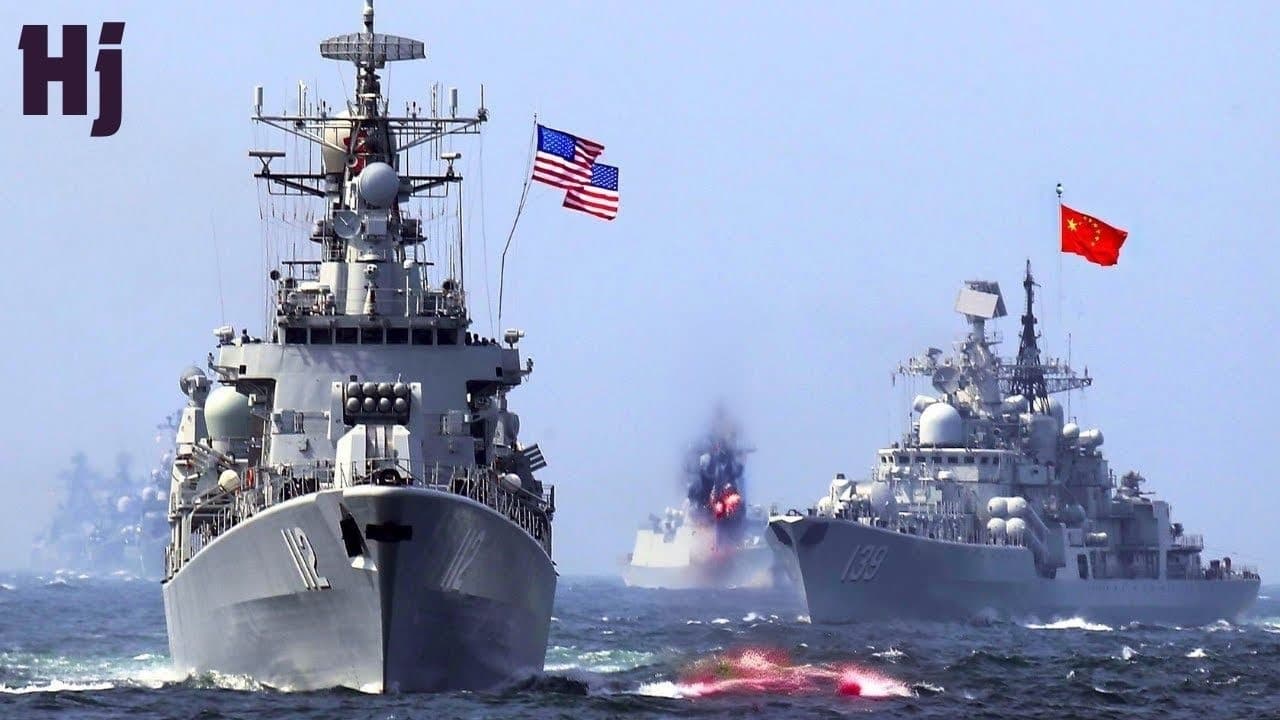Breaking: U.S. Navy Faces Setbacks in $20M Drone Fleet for China Rivalry
The U.S. Navy is encountering significant challenges in its ambitious plan to develop a fleet of autonomous maritime drones aimed at countering China"s growing influence in the Taiwan Strait. This initiative, which carries a price tag of approximately $20 million, has recently been hindered by technical failures and internal upheaval within the Navy’s autonomous drone acquisition unit.
Challenges in Development and Testing
Military leaders have been vocal about the need for advanced drone technologies, especially in light of their successful deployment in the ongoing conflict in Ukraine. The Ukrainian military"s use of maritime drones, which resemble unoccupied speedboats capable of carrying weapons and surveillance equipment, has demonstrated their effectiveness in combat. These drones, often costing around $250,000 each, have been employed in kamikaze missions that have notably diminished the capabilities of Russia’s Black Sea Fleet.
In contrast, the U.S. Navy"s initiative seeks to develop a more sophisticated fleet capable of operating autonomously in swarms, without direct human control. However, recent testing has revealed significant hurdles in achieving this goal, with experts like Bryan Clark from the Hudson Institute noting that the Navy must adapt its tactics as it gains a clearer understanding of the capabilities and limitations of these systems.
The Impact of Internal Turmoil
The Navy"s challenges are compounded by internal strife, including the recent dismissal of its top admiral overseeing the autonomous maritime drone program. Concerns about the program"s direction were raised during a candid meeting among Pentagon officials and Navy leadership last month, highlighting a lack of confidence in the current strategy. These internal issues have led to the indefinite suspension of a crucial contract with L3Harris, a key provider of autonomous software for the Navy"s drone fleet.
As previously reported, the Pentagon"s Defense Innovation Unit (DIU) had been instrumental in acquiring technology for the testing phases of the drone program. However, the suspension of this $20 million contract underscores the uncertainty surrounding the initiative and raises questions about the Navy"s ability to meet its strategic goals in the face of evolving threats from China.

Image for Breaking: U.S. Navy Faces Setbacks in $20M Drone Fleet for China Rivalry
Looking Ahead: What’s Next for the Navy’s Drone Program?
The future of the U.S. Navy"s autonomous drone program remains uncertain as it grapples with both technical and organizational challenges. Military analysts emphasize the urgency of adapting quickly to the lessons learned from ongoing tests to ensure the fleet can effectively counter potential threats in the Asia-Pacific region.
In parallel, Taiwan has ramped up its defense initiatives, recently announcing a 23% increase in defense spending, which is set to reach $31.3 billion by 2026. This move reflects Taiwan"s commitment to bolstering its own military capabilities amid rising tensions with China, and it may influence U.S. strategies in the region. As the situation develops, the Navy will need to reassess its approach to drone technology and its broader maritime strategy to maintain a competitive edge in the increasingly complex geopolitical landscape.
For ongoing updates about the evolving situation in the Asia-Pacific, including recent developments in Taiwan"s defense spending, check out our related coverage.


![[Video] Coast Guard sniper takes out narco-boat in Eastern Pacific](/_next/image?url=%2Fapi%2Fimage%2Fthumbnails%2Fthumbnail-1765029104101-04awi-thumbnail.jpg&w=3840&q=75)



